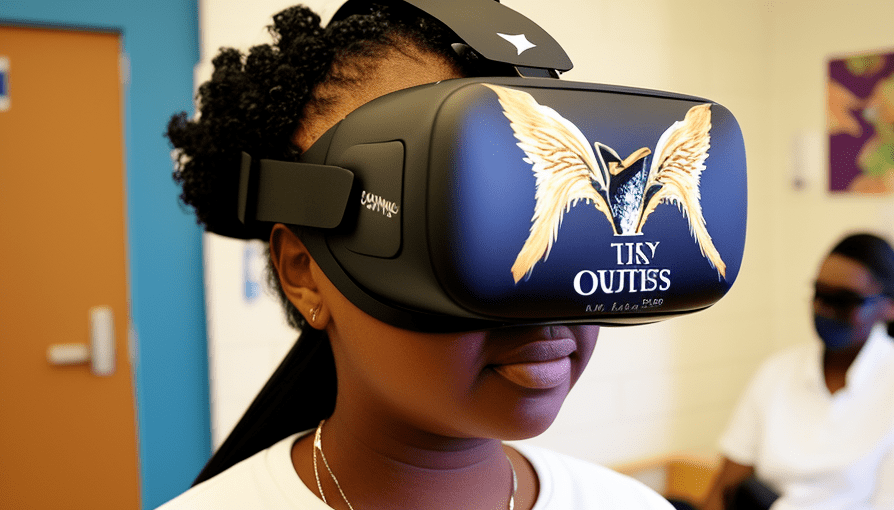With more schools embracing the technology, virtual reality, or VR, is exploding in education. Virtual reality (VR) enables pupils to travel the world without ever leaving the classroom. Imagine allowing pupils to tour the Giza Pyramids while they are seated at their desks. This is made possible by virtual reality in education.
Virtual reality (VR) is a term that most people have heard of, but many do not understand what it is or how it is used in learning and education . Virtual reality (VR) describes media that allows viewers to fully explore 360 degrees of a scene through interactive visuals or videos.
How does it function?
The most popular application of 360 VR, a form of VR, is in education. Real-world places are filmed using specialised cameras and equipment for this form of VR. After that, the footage is returned to the studio to be turned into VR content. In what are referred to as immersive classrooms, the VR content can subsequently be seen on VR headsets or projected onto walls.
360 virtual reality can be utilised in the classroom to teach students about their surroundings. Also, virtual reality has a special capacity to engage and inspire students.
Students can visit places that would be impossible or too expensive to visit in person. VR is able to do this by opening up a whole new world of opportunities for educators.

What educational benefits may virtual reality bring?
By giving students memorable and engaging experiences that would not be possible otherwise, virtual reality can enhance education. Additionally, it can all happen in a classroom.
Any student can access VR, and teachers can easily keep an eye on their use. Virtual encounters have the capacity to engage and motivate pupils in a special and potent way.
We wouldn’t be shocked if VR eventually made it onto the curriculum, given the popularity of VR in education and the favourable reception from schools. Structured VR lesson plans and curriculum-aligned content have already been created and are available in the UK.
Photography is a kind of virtual reality, and it helps if you can create the illusion of being in an interesting world.
Steven Pinker
Virtual Reality helps students in a number of ways like ..
- Experiential learning is excellent for students.
In contrast to the conventional reading and writing approaches, VR offers pupils the chance to study through experience.
- VR has the power to motivate
Students are inspired by being able to view and experience spectacular locales inside of the classroom thanks to virtual reality.
- VR stimulates the mind and promotes original thought
VR offers an immersive learning experience that is unmatched in the classroom. The classroom is “transported” away from the students, and their imagination is free to run wild.
- VR encourages peer engagement in the classroom
Students are urged to interact with one another during the VR experience. Thereafter, they are ready to express their ideas and talk about their experiences.
- VR draws pupils in.
Traditional teaching techniques often bore students. Like nothing else, VR’s cutting-edge technology captures students’ attention. We discover that kids are eager to check out VR right away.
- Travel simulations in VR are realistic
Schools can give kids travel experiences that would not be feasible or viable without the use of VR. Schools can provide students with amazing experiences while saving time and money.
- VR is inclusive in the classroom
Every learner has the same chance to enjoy the experience thanks to VR. VR is accessible to all pupils, unlike traditional field trips that may be too expensive for certain parents or too impractical for their kids.
- VR provides enduring learning opportunities
Students remember the VR experience long after it is over, and they are ready to discuss it in subsequent courses.
- Experiential learning is excellent for students.
Secondary education with virtual reality
VR headsets are more common than immersive classrooms in secondary education. This is due to the fact that the influence of the headsets tends to be larger on older students.
The sense of immersion with a VR headset is unmatched because the entire field of view is contained. Also, secondary students are more adept at using the headsets than elementary school students, necessitating less input and direction from the teacher.
Teachers can give secondary pupils the impression that they are truly “there” by using VR headsets; this is what we mean when we talk about immersion. This is a truly life-changing experience for many students, and it must be experienced in order to be properly evaluated.
In France, a hip replacement was captured using two GoPros in a stereoscopic 3D arrangement. Students can watch the surgery using a virtual reality headset.
Nick Woodman
Conclusion:-
Virtual and augmented reality technologies present an education system with a wealth of fascinating options that can help it overcome its main problems and reach a new standard of excellence.
With how quickly technology is evolving and becoming more widely available, it is more a matter of time before they are viewed as a legitimate choice with a unique set of benefits.

